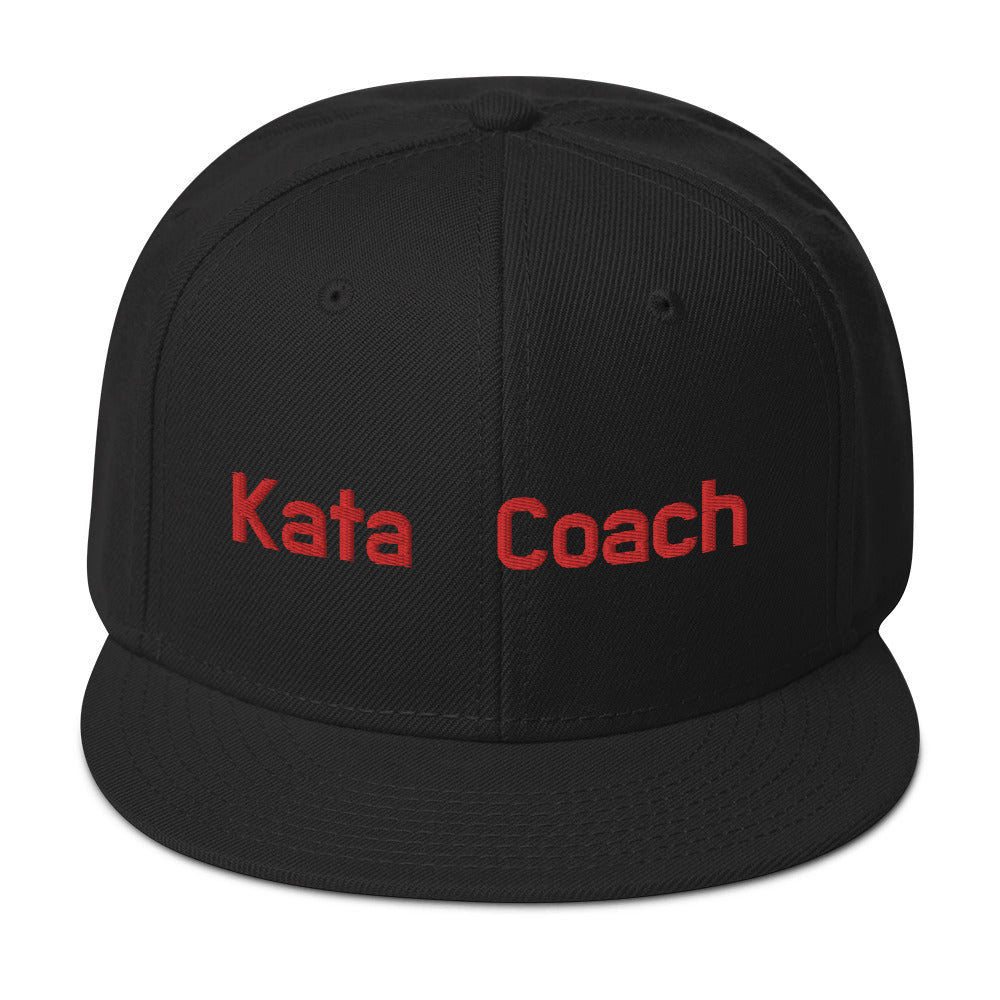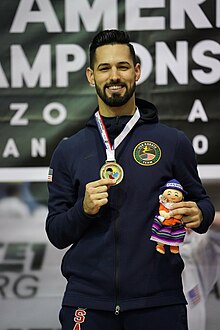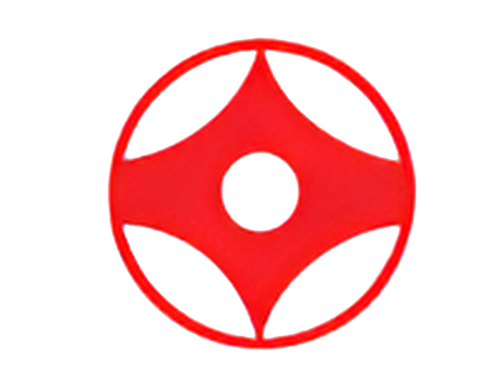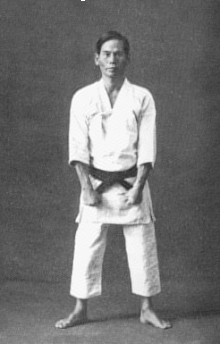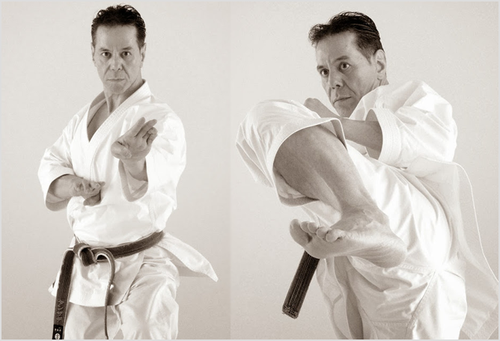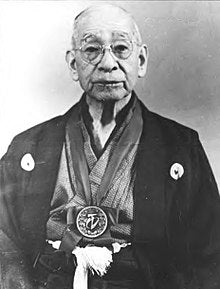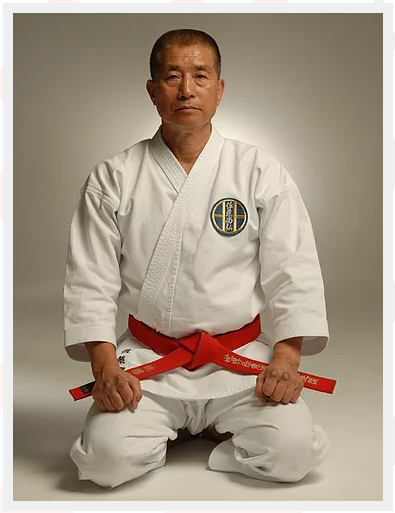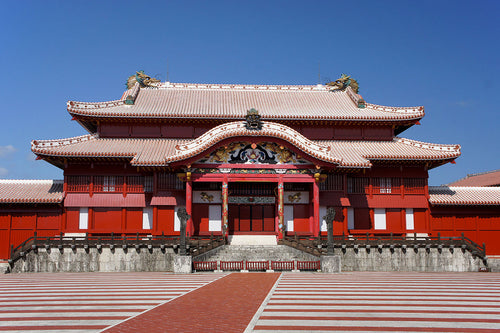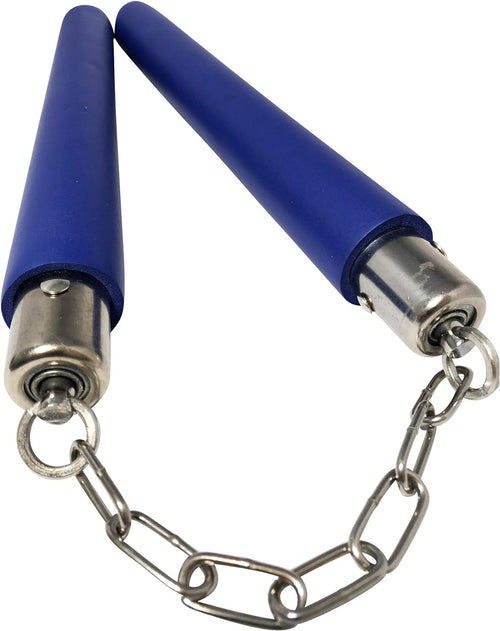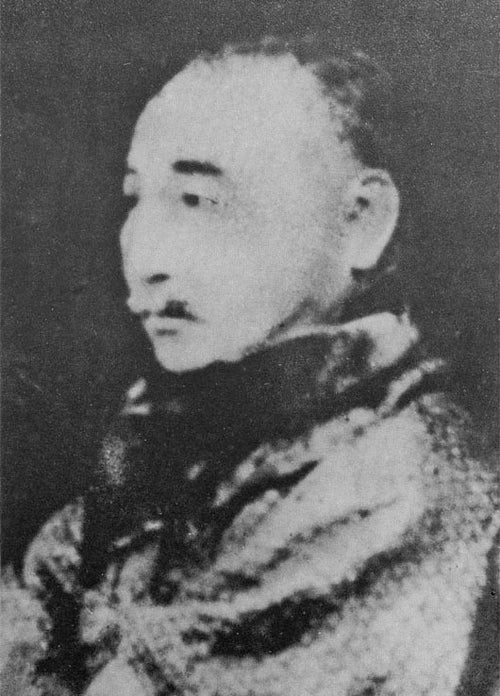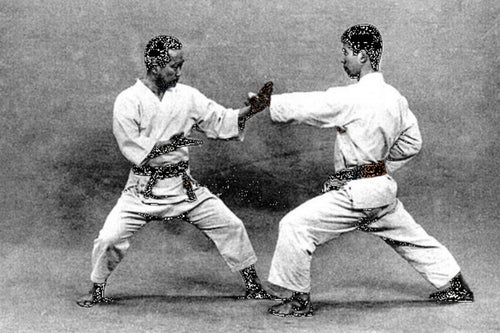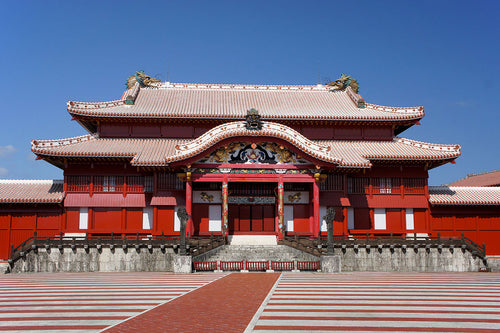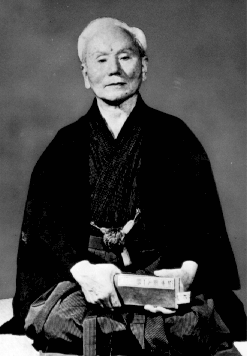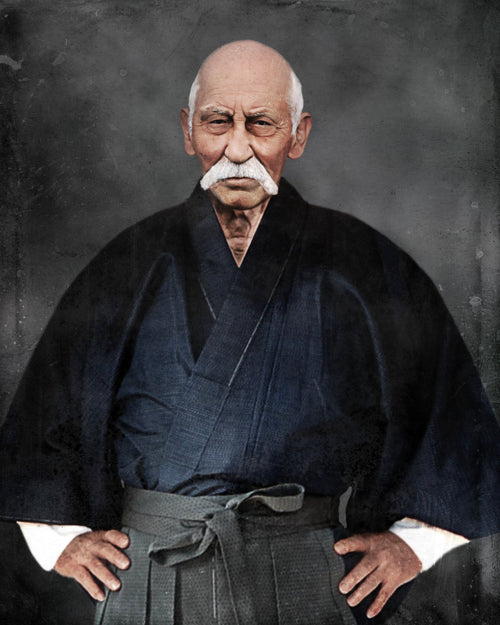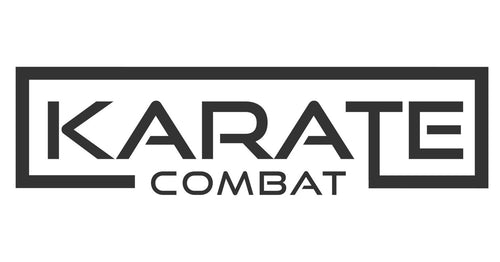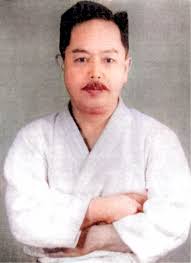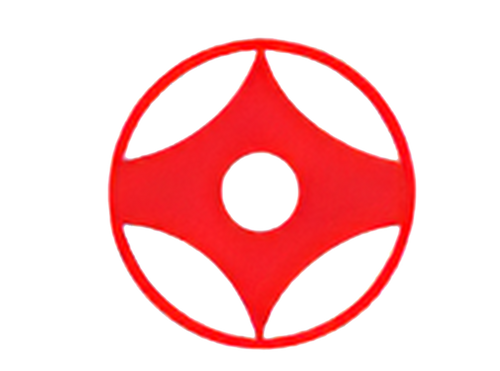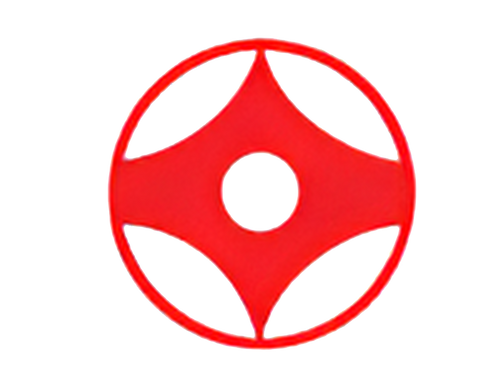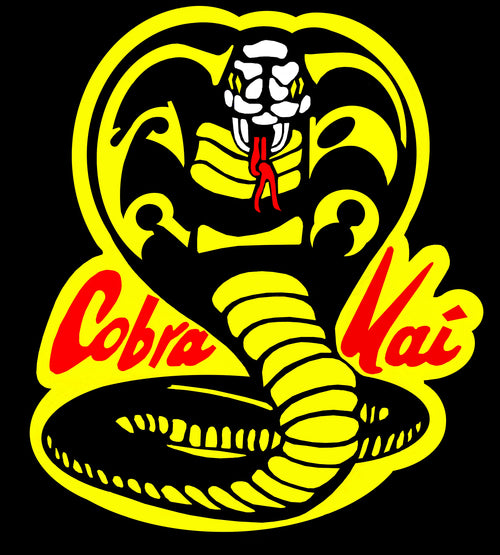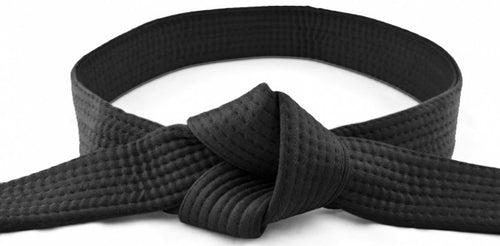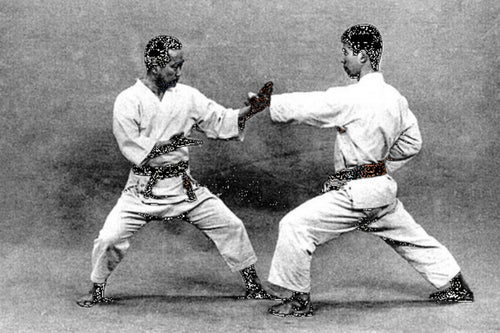Martial arts, with their rich history and diverse techniques, have captivated the imagination of enthusiasts worldwide. Among the myriad disciplines, Karate stands as a prominent and respected art form, characterized by its powerful strikes, disciplined movements, and philosophical foundations. In this comprehensive exploration, we embark on a deep dive into the world of Karate and martial arts, unraveling the intricacies that make them not just physical practices but profound expressions of culture, discipline, and self-discovery.
Origins and Evolution of Martial Arts: To understand the essence of Karate and martial arts, it is essential to trace their origins and evolution. Martial arts have deep roots in various cultures, each contributing unique elements to the diverse tapestry of combat disciplines.
-
Eastern Roots: Martial arts in their earliest forms emerged in East Asia, with China credited as the birthplace of several ancient systems. Kung Fu, with its fluid movements and diverse styles, laid the foundation for many martial arts that followed. Over centuries, martial arts traditions spread to Japan, Korea, and other East Asian nations, each evolving to reflect cultural nuances and societal needs.
-
Karate's Okinawan Heritage: Karate's story begins on the island of Okinawa, where a synthesis of local fighting traditions and influences from Chinese martial arts gave rise to what we now recognize as Karate. Okinawa's historical role as a trade hub facilitated the exchange of ideas and techniques, shaping Karate into a distinct martial art with its own set of principles and practices.
Philosophical Foundations of Karate: Beyond the physical techniques, Karate embodies a set of philosophical principles that guide practitioners on their journey of self-discovery and personal growth.
-
Discipline and Respect: At the core of Karate is the cultivation of discipline and respect. Practitioners are taught to adhere to a code of ethics that emphasizes humility, courtesy, and consideration for others. The dojo becomes a sacred space where these principles are not just taught but lived.
-
Continuous Self-Improvement: Karate is a lifelong journey of self-improvement. The pursuit of perfection in technique and character is a constant theme, encouraging practitioners to set and achieve personal goals while recognizing that mastery is a journey, not a destination.
-
Mind-Body Connection: Karate places a strong emphasis on the mind-body connection. Techniques are executed with purpose, requiring mental focus and clarity. The meditative aspects of Kata, choreographed patterns of movement, enhance concentration and mindfulness.
The Five Tenets of Karate: Karate practitioners adhere to five fundamental tenets, known as the "Dojo Kun," which serve as guiding principles in both training and life.
-
Seek Perfection of Character: The journey in Karate begins with the pursuit of personal integrity and moral strength. Practitioners strive to embody qualities such as honesty, integrity, and kindness in their daily lives.
-
Be Faithful: Faithfulness in Karate extends beyond loyalty to the art itself. It involves commitment to one's training, the development of strong bonds within the martial arts community, and the unwavering pursuit of personal and martial excellence.
-
Endeavor to Excel: The constant pursuit of excellence is a central tenet in Karate. Practitioners are encouraged to push their limits, set ambitious goals, and strive for continuous improvement in both technique and character.
-
Respect Others: Respect is a cornerstone of Karate etiquette. Practitioners learn to respect their instructors, fellow students, and opponents. This principle extends to all aspects of life, fostering a culture of harmony and understanding.
-
Refrain from Violent Behavior: Karate, despite being a martial art, emphasizes the avoidance of violent behavior outside the dojo. The skills acquired in training are viewed as tools for self-defense and personal growth rather than instruments of aggression.
Karate Techniques and Training: The physical aspect of Karate encompasses a diverse array of techniques, each designed for specific purposes in both offense and defense.
-
Kihon (Basics): Kihon, or basics, form the foundation of Karate training. Practitioners focus on fundamental strikes, kicks, blocks, and stances to develop proper form, balance, and muscle memory. Mastery of Kihon is crucial for advancing to more complex techniques.
-
Kata (Forms): Kata are prearranged sequences of movements that simulate combat against multiple opponents. Each Kata has its unique set of techniques and applications, providing a framework for practitioners to refine their skills and understanding of martial principles.
-
Kumite (Sparring): Kumite, or sparring, allows practitioners to apply their techniques in a dynamic and interactive setting. Controlled and respectful, Kumite provides an opportunity to test and refine one's skills against a resisting opponent.
-
Pad and Bag Work: Pad and bag work develop power, speed, and precision in striking techniques. Practitioners engage in focused drills, targeting various areas of the body, to enhance their ability to deliver effective and controlled strikes.
Karate Weapons and Their Significance: While Karate is primarily an empty-handed martial art, some styles incorporate traditional weapons, each with its unique significance.
-
Bo Staff: The Bo staff is a versatile weapon that enhances a practitioner's understanding of distance, timing, and coordination. Bo staff techniques are often integrated into Kata, providing a dynamic and challenging aspect to training.
-
Nunchaku: The nunchaku, consisting of two short sticks connected by a chain or rope, require precision and control. Nunchaku techniques focus on fluid movements and strategic strikes, contributing to a practitioner's overall proficiency in martial arts.
-
Sai: The Sai, a trident-shaped weapon, emphasizes defensive and trapping techniques. Sai training enhances hand-eye coordination, agility, and the ability to control and manipulate an opponent's weapon.
The Global Impact of Karate: Karate's journey from Okinawa to the global stage has left an indelible mark on the world of martial arts. As practitioners around the globe embrace the art, diverse styles and interpretations have emerged, contributing to the evolution and universality of Karate.
-
Karate as a Sport: The adaptability of Karate has led to its inclusion in international sports competitions. As an Olympic sport, Karate showcases the athleticism, precision, and competitive spirit of practitioners on a global scale.
-
Cultural Exchange and Integration: Karate's global reach has facilitated cultural exchange and integration. Practitioners from different backgrounds come together to share knowledge, techniques, and a mutual respect for the art, fostering a sense of unity and understanding.
-
Martial Arts Cross-Training: Many martial artists, regardless of their primary discipline, integrate Karate into their cross-training regimen. The principles of discipline, focus, and respect learned in Karate enrich their overall martial arts experience.
Conclusion: As we unveil the art of Karate and martial arts, it becomes evident that these disciplines transcend mere physical techniques. They embody a philosophy of discipline, respect, and continuous self-improvement that extends beyond the confines of the dojo. Whether one is drawn to the powerful strikes of Karate, the intricate grappling of Jiu Jitsu, or the holistic philosophy of martial arts, the journey is a profound exploration of the self and the limitless potential for growth.
In the tapestry of martial arts, Karate stands as a testament to the resilience of traditions and the adaptability of timeless principles. As practitioners embrace the deep dive into the art, they discover not only the intricacies of technique but also the profound connections between mind, body, and spirit. The unveiling of Karate and martial arts is an ongoing journey—one that leads to a deeper understanding of oneself and the boundless possibilities that lie within the martial artist's path.

